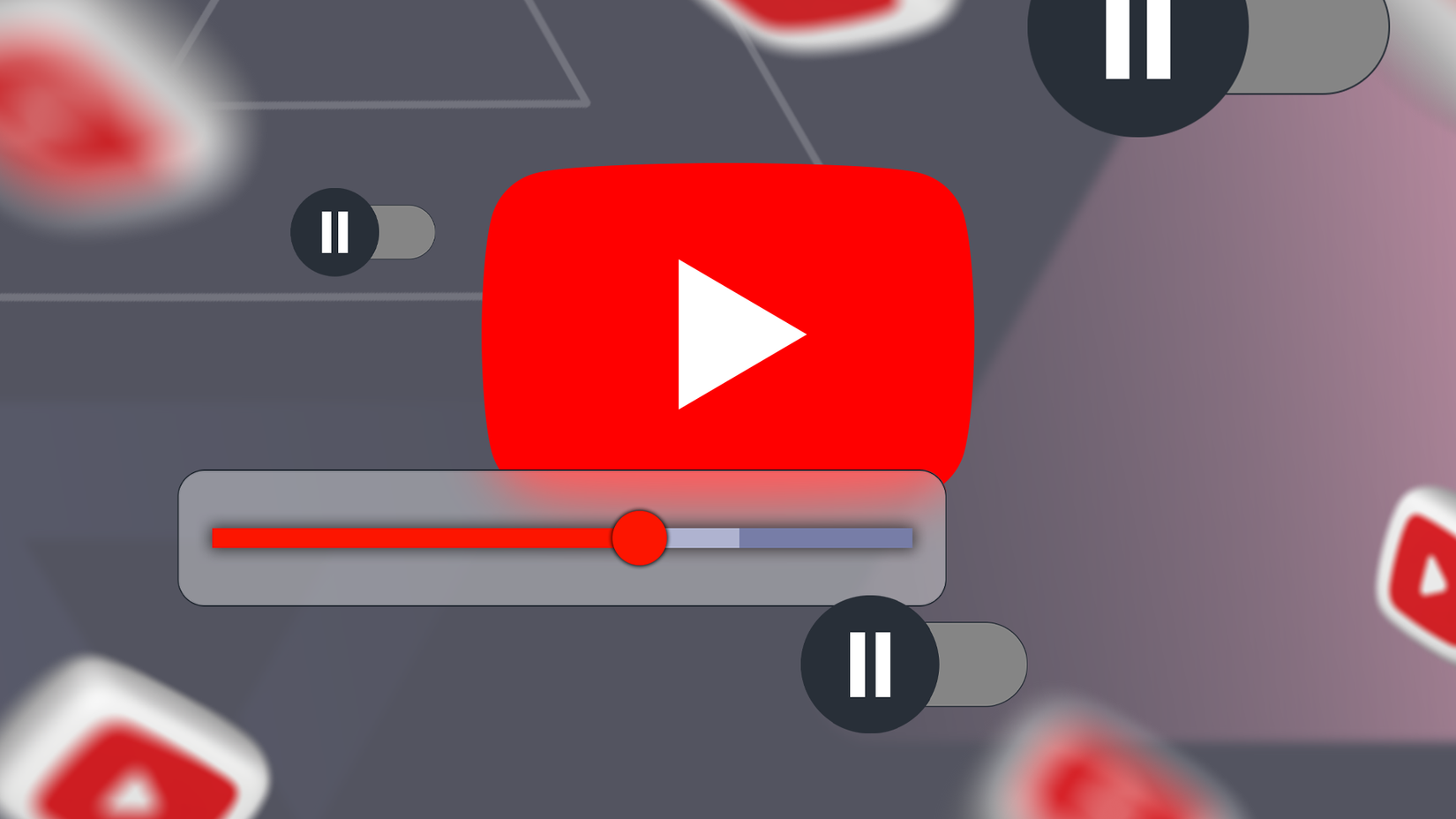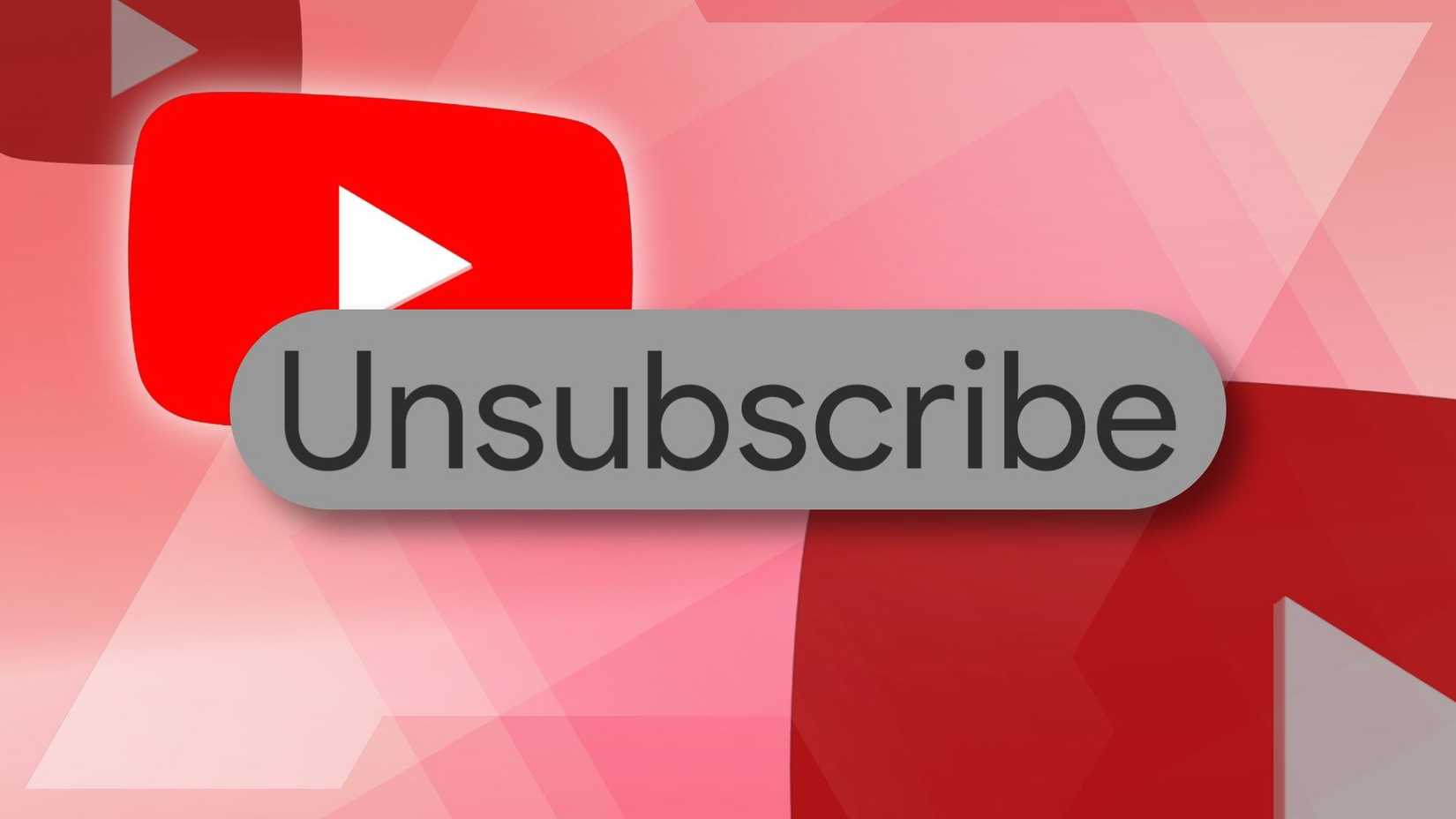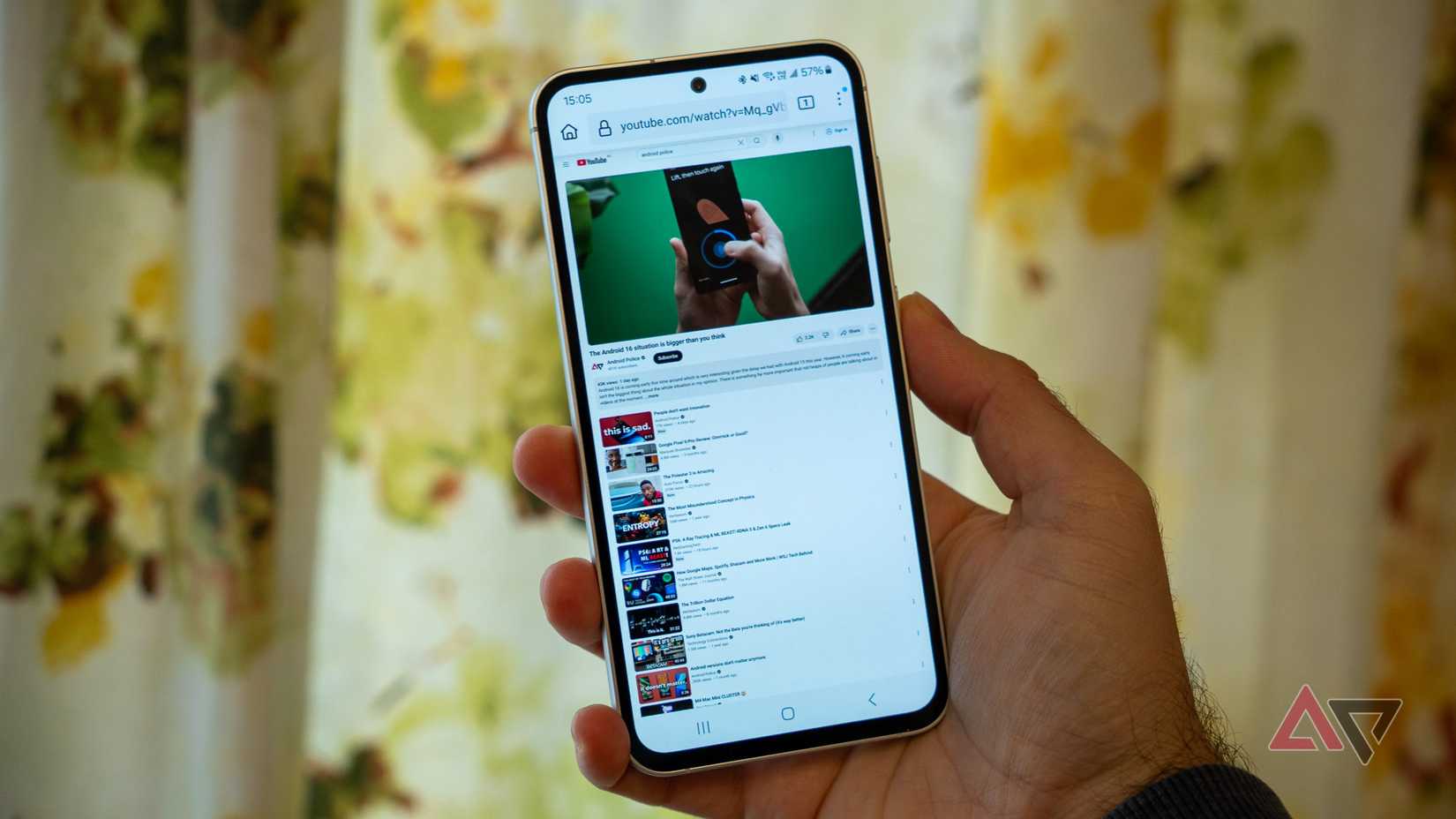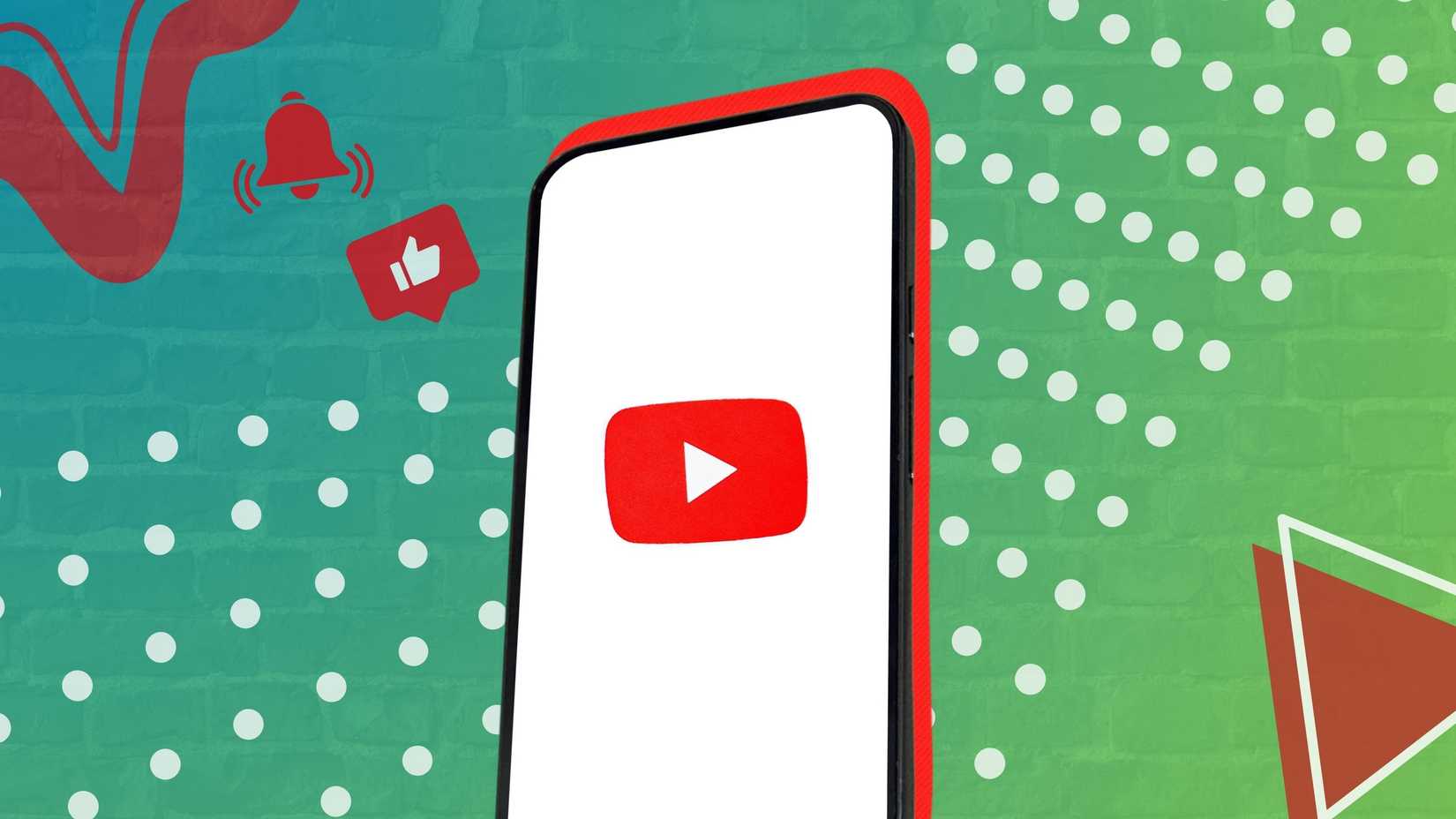The modern YouTube experience, particularly on the homepage and in the Up Next panel, is not a neutral display of available content.
Every thumbnail and suggestion is placed there by an advanced recommendation system built to keep you watching.
After a while, it can start to feel like you’re not choosing what to watch, but the system is choosing for you.
Here’s how to escape the algorithm and get back to watching what you actually enjoy.
Stop unwanted videos with simple feedback tools
The first line of defense against YouTube’s recommendations starts with its built-in feedback tools. The Not interested button is the simplest one.
When I see a video that doesn’t belong on my homepage, I tap the three-dot menu and choose Not interested. However, this one sends only a weak signal to the algorithm.
The Don’t recommend channel button, on the other hand, works better. Selecting it tells YouTube to stop suggesting videos from that entire channel in the future.
It’s the most effective way to cut out low-value or irrelevant sources for good. It’s worth knowing how well these tools actually work.
According to research by the Mozilla Foundation, Not interested only blocked around 11% of unwanted videos, while Don’t recommend channel stopped about 43%.
Why the Subscriptions tab is YouTube’s most underrated feature
Cleaning up the algorithm is useful, but what really made a difference was changing my mindset.
I moved from reacting to YouTube’s picks to choosing for myself by setting my Subscriptions feed as my new homepage.
Normally, when you go to YouTube, you land on the algorithm’s playground where good recommendations are hard to come by.
YouTube’s main homepage is designed to grab your attention, not necessarily to serve your interests.
But the Subscriptions tab, found at youtube.com/feed/subscriptions, is completely different. It’s a chronological feed of videos from the channels you follow.
To make this my default, I deleted my old YouTube bookmark and replaced it with one that points straight to the Subscriptions page.
That small change completely changed how I use the platform. Now, every time I open YouTube, I start with content I actually care about.
The trick that made my saved videos useful again
I used to treat my Watch Later list like a dumping ground where interesting videos went to die. Over time, it became this intimidating scroll of forgotten content that I never actually watched.
That changed when I started treating it more like an inbox than an archive, inspired by the “Getting Things Done” method from David Allen.
Here’s what I do now.
When I come across a video that looks worth checking out, I save it to Watch Later without overthinking it. The idea is to collect first and decide later.
Once a week, I go through the list. For each video, I make a quick call. Is this worth watching now, or should I move it to one of my themed playlists or delete it?
I also began creating thematic playlists around my interests, like Weekend Documentaries, Coding Skills, Music for Focus, or DIY Fixes.
By grouping videos this way, I gave each one some more meaning. Instead of disappearing into the algorithm after one view, they became part of a collection I could revisit whenever I wanted to.
Choosing my own feed made YouTube enjoyable again
Shifting from being a passive, algorithm-fed viewer to an active curator has been one of the most rewarding changes I’ve made in how I use YouTube.
The platform that once left me feeling drained and distracted now feels like a space for learning and discovery.
The biggest and most satisfying change I noticed was how different my time on the platform started to feel.
When every video in my feed is something I’ve chosen, my sessions feel purposeful, as if I’m investing my time instead of wasting it.
This shift naturally means I now watch fewer videos, but they’re better. Over time, I started to see the difference between the two types of feeds.
One thing I’ve noticed about YouTube’s recommendation system is that it’s built for the masses. The algorithm is tuned to push what’s already popular.
Big channels and trending topics rack up engagement fast. That means smaller, niche creators who make thoughtful content often get buried since they don’t trigger the same viral signals.
Real discovery, though, happens when you step outside YouTube’s walls. If you rely only on the platform’s suggestions, you’ll end up trapped in a filter bubble.
To get around that, I’ve started finding creators through other places like blog posts, podcasts, Reddit threads, or recommendations from people who share my interests.
It makes YouTube feel smaller in the best way. More human, more personal, and a lot more interesting.
I think blocking the algorithm is better than training it
The recommendation system is an impressive piece of tech, but it’s built for engagement, not for your well-being.
Trying to constantly train it or tweak it into behaving differently is a losing battle. I’ve done that dance, and while useful, it still ends up with the same kind of noise.
The real difference comes when you ignore the algorithm altogether.
You can also try other radical methods, like using third-party tools and browser extensions to completely block parts of YouTube, but that’s a matter of taste.





